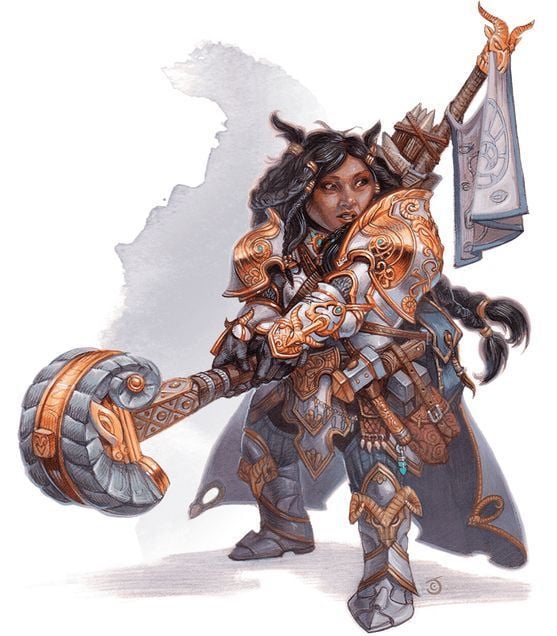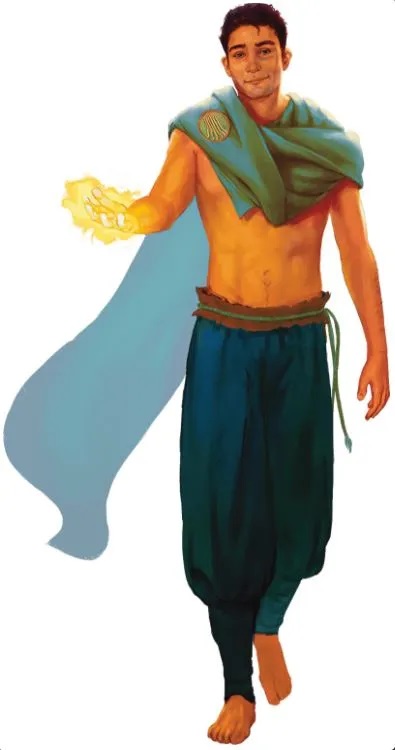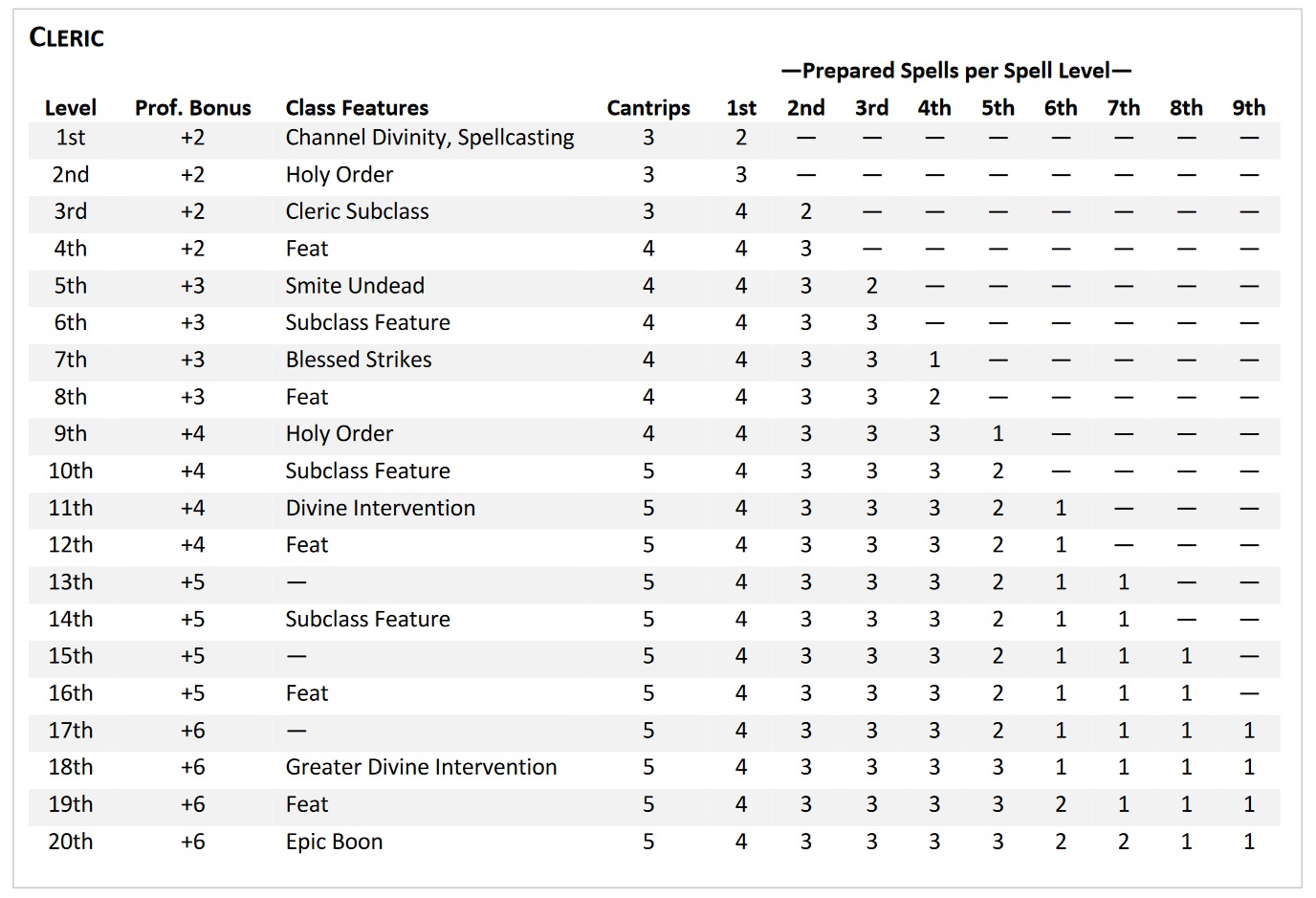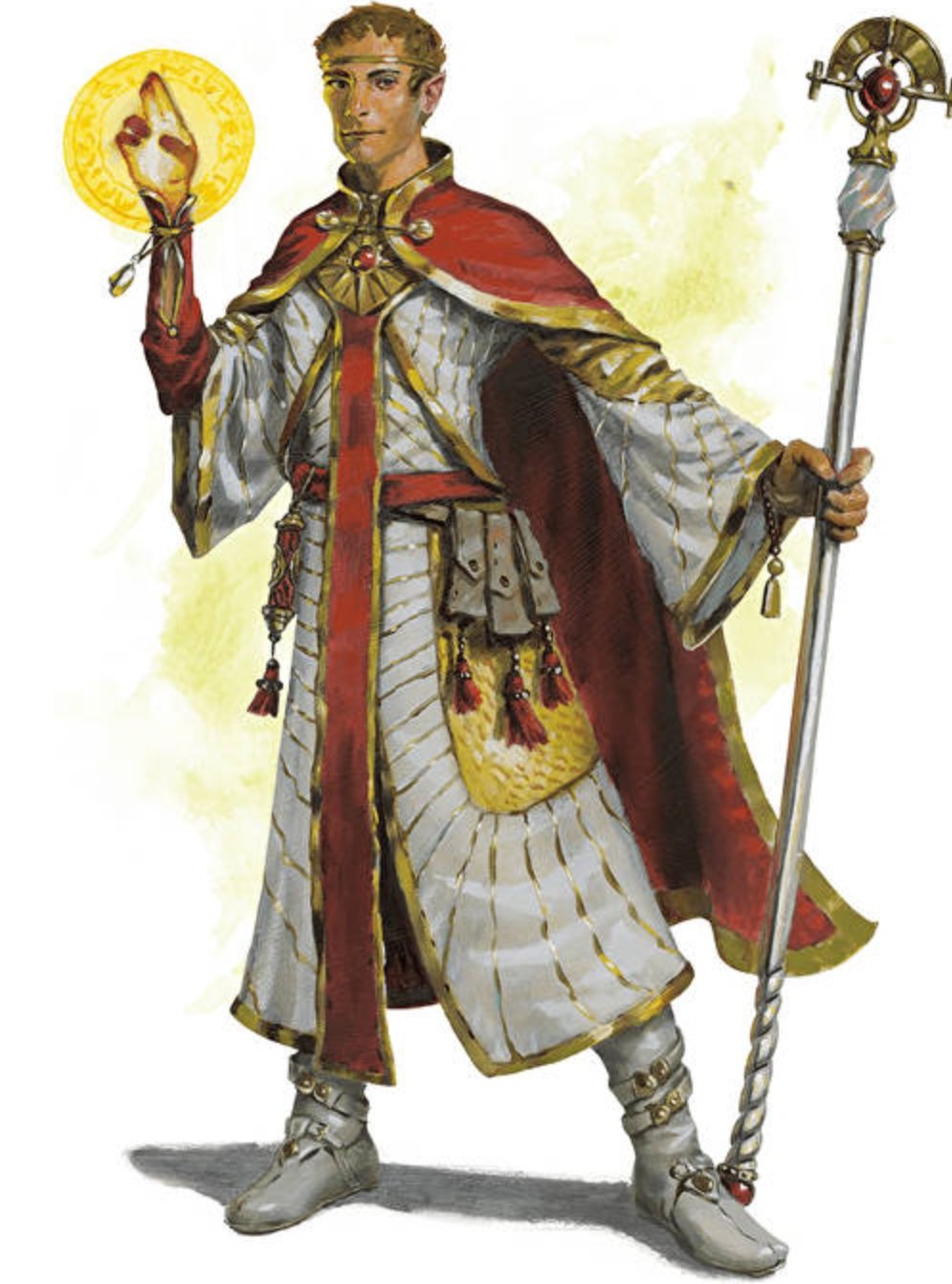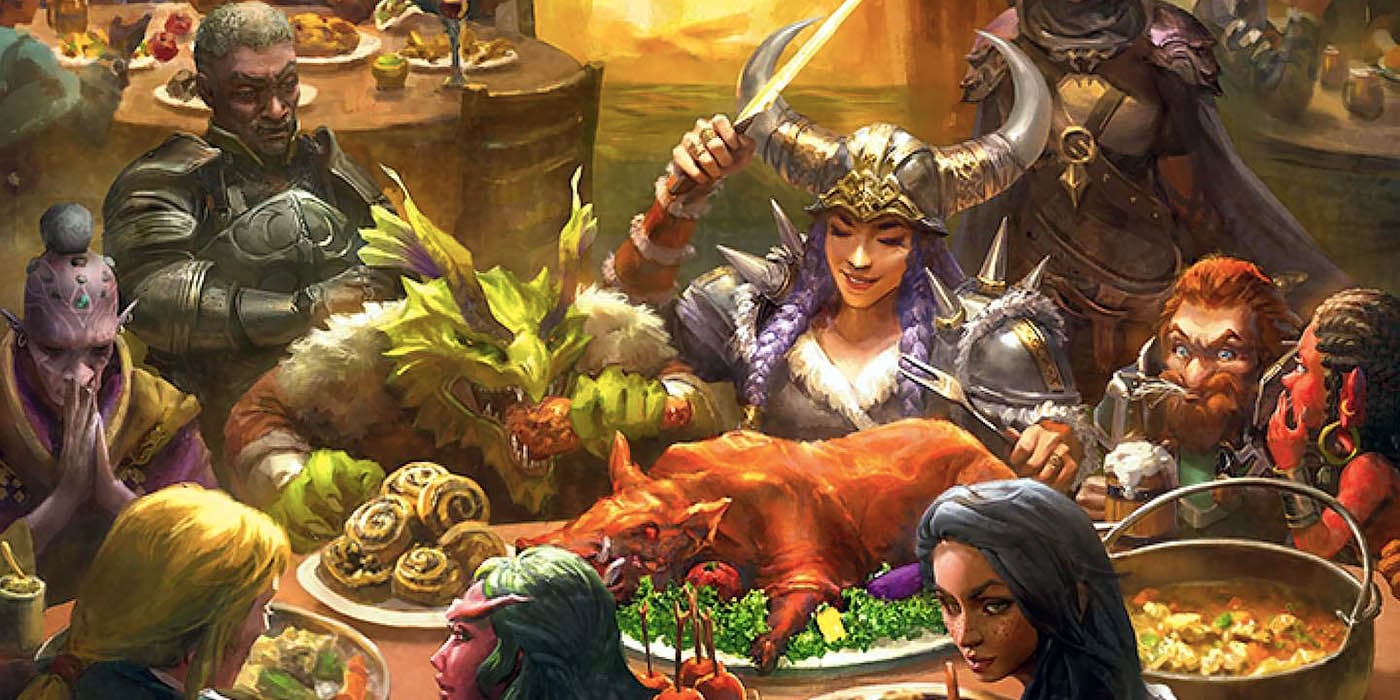One D&D: Cleric and Cleric Accessories Bring Big Changes to Divine Characters

One D&D Cleric rules mean new ways to build your divine spellcasters. From channel divinity boosts, to new spells, here’s a deeper dive.
Clerics come under the lens of One D&D’s playtest rules, with some pretty substantive changes. These are the pre-eminent class of the Priest Group — and the only class featured in this batch, so you’ll have to wait for Paladins and Druids. But that’s fine because there’s so much to chew on with the new One D&D Cleric update.
Perhaps the biggest change is just how much you can customize your One D&D Cleric. From swapping out Cantrips with every rest to new playstyle choices at 2nd level, there’s a lot changed. Let’s start with the basics though.
One D&D Cleric – Updated Divinely
So to start with, Clerics have more customization than ever. The baseline is much the same as it was in 5th Edition. One D&D Clerics have 1d8 hit dice, can use up to Medium Armor and Shields (though more on this in a moment), and get the same saving throw and skill proficiencies as before.
They’re also proficient with Simple Weapons — which for now, includes the Short Sword.
And like other One D&D classes, Clerics in this version have their abilities spread out over a few levels. While they’re still fairly frontloaded, it’s not quite as frontloaded as the Clerics of old.
At 1st level, they get Channel Divinity which is now universally tied to [proficiency bonus] times per day. Vanilla Clerics get two options: Divine Spark which heals a target for [proficiency bonus]d8 hit points, or can deal that much Radiant Damage if you choose it offensively. Turn Undead is still here, only now it imparts the new Dazed Condition, which limits their activity. Dazed targets can move or take one action, not both. No bonus actions or reactions either.
They also get Spellcasting which is the new baseline. Bards and Rangers in the Expert Group Playtest followed the rules for Cleric spellcasting. It stands to reason Clerics should as well. In a nutshell, you prepare a number of spells from your entire list as determined by your progression chart.
Interestingly enough, Clerics can now swap out Cantrips on any long rest. This affords Clerics a lot more flexibility and customization. They can be a divine damage dealer one day, and focus on utility with spells like Light and Resistance, the next.
But speaking of customization, though, Clerics at 2nd level pick a Holy Order. This change brings a Cleric’s identity out a little more. Clerics can pick one of three “sacred roles” which are basically just playstyle options. They can pick:
- Protector – Learn Martial Weapon Proficiency and Heavy Armor Training
- Scholar – Become proficient with two of the following: Arcana, History, Nature, Persuasion, and Religion. They also get to add their Wisdom modifier as a bonus to those skill checks
- Thaumaturge – Gain an extra 0-level Spell and regain one use of Channel Divinity after any Short Rest
These are basically some of the features from the old Divine Domains, which determined a Cleric’s subclass. Now Clerics can pick that independent of whatever else they do. So a Cleric could be, for instance, a Life Domain Cleric and take Heavy Armor and Martial Weapons. At 9th level, Clerics can select a second option from the Holy Order list.
Clerics now get their subclass at level 3. In One D&D, it’s the Life Domain, which we’ll get to next.
At levels 4, 8, 12, 16, and 19, Clerics gain a feat. Which can be the Ability Score Improvement feat or any other feat they qualify for.
At 5th level Smite Undead adds a damage effect to the Cleric’s Turn Undead, making it even more effective at battling them. 7th level Clerics gain Blessed Strikes which adds 1d8 extra radiant damage to attacks with weapons and damage dealt by 0-level spells, once per turn. But that’s again, more flexibility. Clerics don’t have to build entirely to be a Spellcaster or Melee character.
11th level brings Divine Intervention, which is pretty much the same as it was in 5th Edition. Roll percentile dice, if the roll is lower than the Cleric’s level, divine intervention occurs. But at 18th level, with Greater Divine Intervention, this just happens automatically and can be used once every 2d4 days.
And at 20th level, Clerics gain an Epic Boon or Epic Boon Feat. Those can be found in the previous playtest.
One D&D Cleric – Life Domain
The Life Domain Cleric is the focus of the One D&D Playtest for now. This is the healing-focused Cleric. And it shows. Life Domain updates many of the features that the Domain had in 5th Edition. At 3rd level Disciple of Life grants 2 + spell level extra hit points when they cast a Spell with a Spell Slot to restore someone’s hit points. And it only adds the bonus healing when the spell is cast. No more Goodberry cheesing.
At 6th level, Preserve Life grants an extra Channel Divinity option:, allowing Clerics to heal 5 x Cleric level hit points as an action, distributed among creatures as the Cleric sees fit. This can only ever get someone back up to half hit points, though.
Blessed Healer at 10th level, means Clerics heal with every healing spell they cast with a Spell Slot. And Supreme Healing caps off the Life Domain by maximizing any healing spell they cast.
Clerics have come a long way since 5th Edition. What do you think of the changes?

